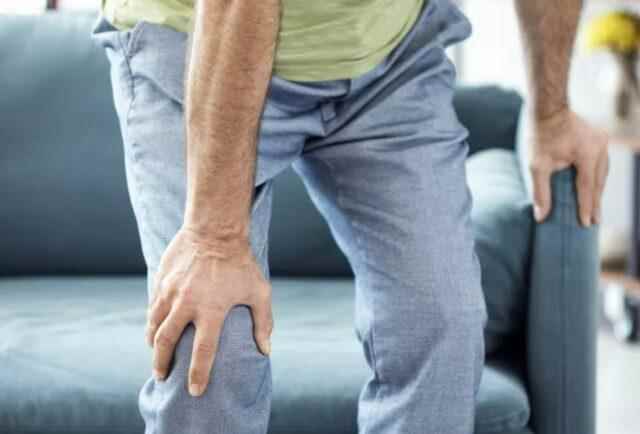A stroke happens when the blood flow to the brain is reduced or interrupted, preventing the brain tissue from getting oxygen and nutrients, and brain cells begin to die within minutes. Temporary or permanent loss of functions occurs in the area where the stroke occurred. Correct intervention for sudden stroke reduces the effects of stroke. Although the sudden development of a stroke makes it difficult to treat, the first signs may actually appear days or even weeks before the event.
ATTENTION TO NUMBERS IN ARM AND LEGS
“Some people will experience symptoms such as headaches, numbness or tingling for a few days before they have a serious stroke,” Cardiac Screen wrote. These warning sensations tend to strike one of the arms or legs, triggered by a temporary decrease in blood flow to the brain. The University of California San Francisco Health says this area can also feel weak.
INTERVENTION INCREASES CHANCES OF HEALING

Studies show that 43 percent of stroke survivors experience mild stroke symptoms up to a week before they have a major stroke. One of the common signs that falls into this category is numbness or tingling. Weakness in one arm is also considered a sign of ongoing paralysis. This condition requires emergency medical care. “If you notice these symptoms, even if they have gone away, seek help immediately. This will greatly increase your chances of recovery,” says Cardiac Screen.
DO NOT IGNORE SYMPTOMS

Get help right away, because more serious strokes can occur hours or days after the first symptoms start to appear. The UK’s national health agency (NHS) also warns that the sooner someone gets help, the less damage there will be.
VISUAL CHANGES MAY BE WARNING

Other than numbness and tingling, there are some early stroke symptoms you should be aware of, such as headaches. Patients may also experience dizziness, loss of balance, or sudden difficulty coordinating body movements. Sudden loss of vision or changes in vision in one or both eyes can also be a sign of stroke. Also, be alert if you get confused or have trouble understanding things that are normally easy to understand.
EARLY INTERVENTION SAVE LIVES

Numbness or weakness on one side of the body (or an arm or leg) is also a sign of paralysis. The best way to reduce the risk of stroke is to adopt a healthy lifestyle. The Stroke Association (SA) explains that a healthy, balanced diet can help reduce the risk of high blood pressure and diabetes, which are considered stroke triggers. The NHS recommends a low-fat, high-fiber diet with plenty of fresh fruit and vegetables and whole grains. Quitting smoking, reducing salt, and exercising can also help.
